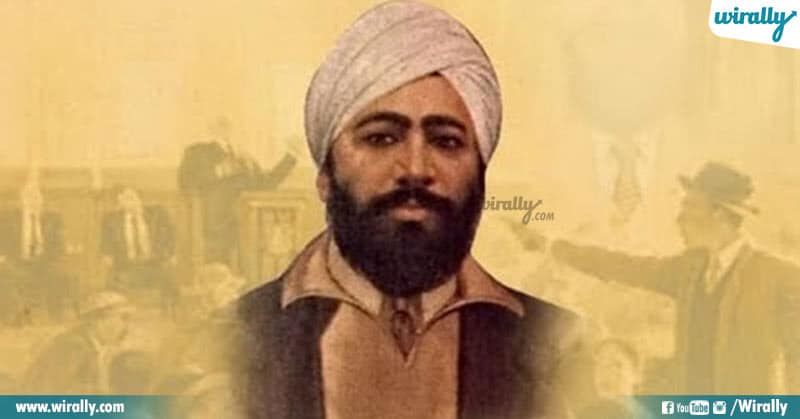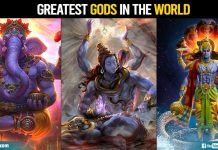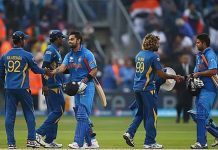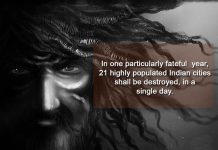In the year 1919, the Jallianwala Bagh Massacre had occurred on the day of Baishakhi or Vaishaki, a major Punjabi festival, on April 13. The Jallianwala Bagh Massacre is one of the most brutal and gory events in India’s history that resulted in the death of about 1,000 people.
Here are some of the important points regarding the Jallianwala Bagh Massacre that one should know:
1) Jallianwala Bagh was neither a park not a garden. It was an empty garden with houses built around it with their back walls to their area. It was closed on three sides
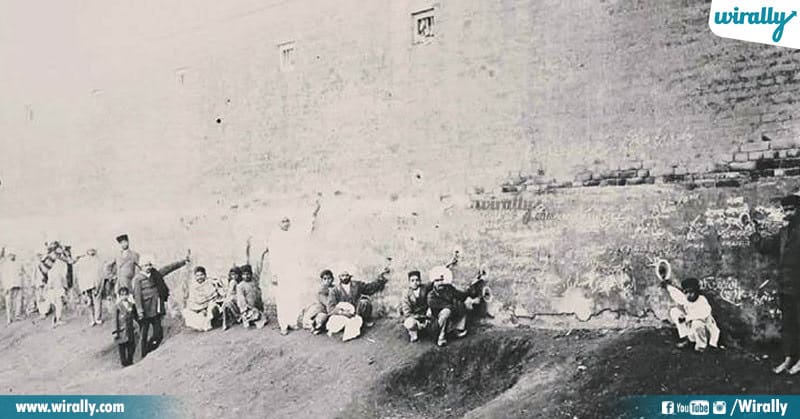 2) Many villagers gathered in the Bagh to celebrate the important Indian festival of Baisakhi, and peacefully protest the arrest and deportation of two national leaders, Satyapal and Saifuddin Kitchlew.
2) Many villagers gathered in the Bagh to celebrate the important Indian festival of Baisakhi, and peacefully protest the arrest and deportation of two national leaders, Satyapal and Saifuddin Kitchlew.
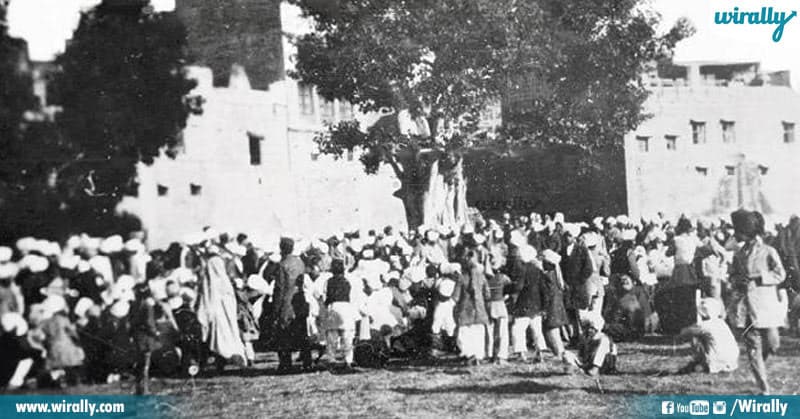 3) A force of around 50 soldiers commanded by Brig. Gen. Reginald Edward Harry Dyer reached Jallianwala Bagh and without any provocation ordered his troops to “Fire!”.
3) A force of around 50 soldiers commanded by Brig. Gen. Reginald Edward Harry Dyer reached Jallianwala Bagh and without any provocation ordered his troops to “Fire!”.
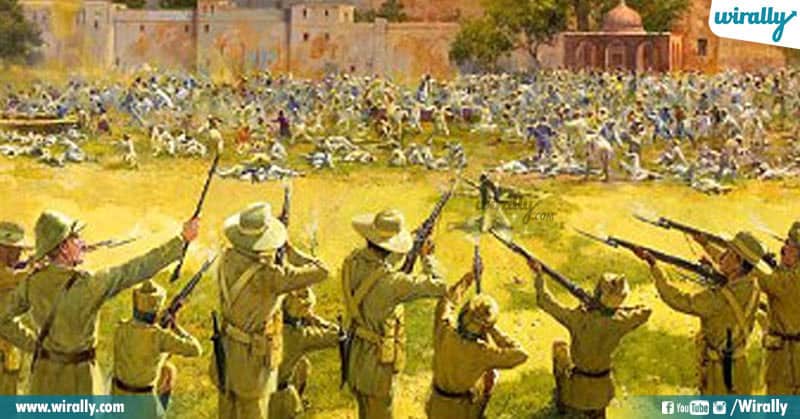 4) They fired on the crowd for about ten minutes, directing their bullets largely towards the few open gates through which people were trying to flee until the ammunition supply was almost exhausted. The following day Dyer stated in a report that “I have heard that between 200 and 300 of the crowd were killed. My party fired 1,650 rounds”.
4) They fired on the crowd for about ten minutes, directing their bullets largely towards the few open gates through which people were trying to flee until the ammunition supply was almost exhausted. The following day Dyer stated in a report that “I have heard that between 200 and 300 of the crowd were killed. My party fired 1,650 rounds”.
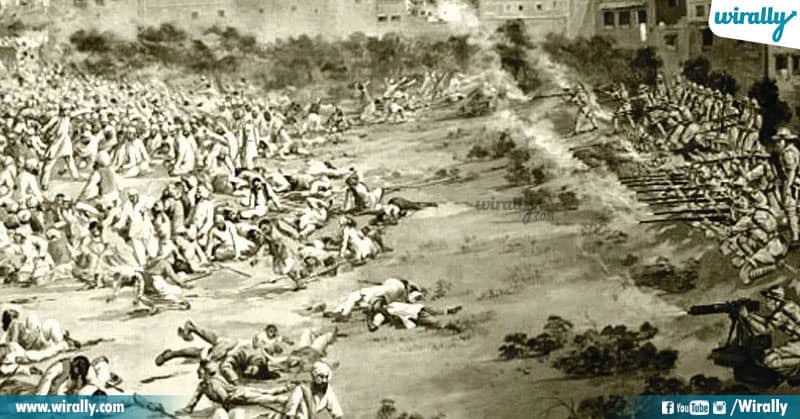 5) Besides those killed by the ammunition, some died jumping into a well in the garden, while many were trampled by the people trying to escape.
5) Besides those killed by the ammunition, some died jumping into a well in the garden, while many were trampled by the people trying to escape.
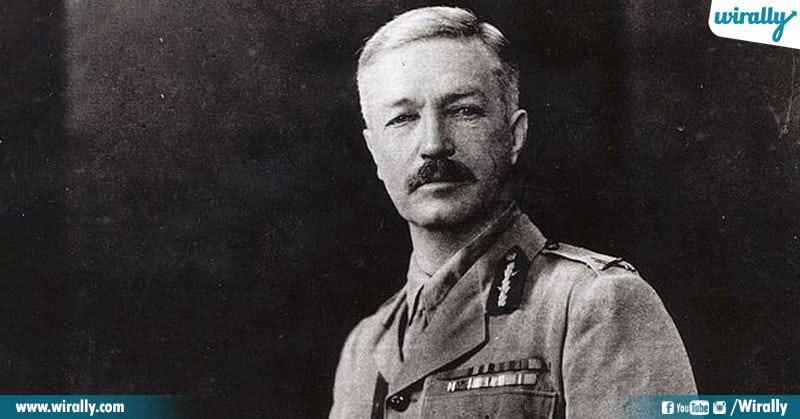 6) An official report put the dead at 379 people and about 1,200 as wounded. But some estimates say that more than 1,000 people were killed.
6) An official report put the dead at 379 people and about 1,200 as wounded. But some estimates say that more than 1,000 people were killed.
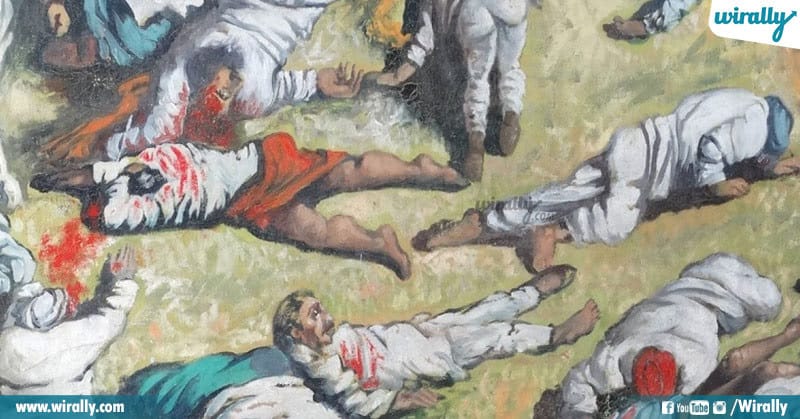 7) The reaction in Britain was mixed. While Sir Winston Churchill, then secretary of war, condemned the massacre, the House of Lords gave Gen. Dyer a sword inscribed with the motto “Saviour of the Punjab”.
7) The reaction in Britain was mixed. While Sir Winston Churchill, then secretary of war, condemned the massacre, the House of Lords gave Gen. Dyer a sword inscribed with the motto “Saviour of the Punjab”.
8) The Hunter Commission, set up by the British government, indicted Dyer for the massacre. Dyer was eventually dismissed from the army following the Hunter Commission inquiry. But When Dyer returned to England, he was proclaimed a hero by some. English newspaper, The Morning Post, organized a fund-raising campaign in support of Dyer and collected UKP 26,000.
9) Thanking the people for their support, Dyer wrote in the newspaper, “I am proud to think that so many of my fellow-countrymen and women approve of my conduct at Amritsar, and I accept the token of their approval in the spirit in which it is offered.”
10) Poet Rabindranath Tagore renounced his knighthood in protest of the Jallianwala Bagh massacre.
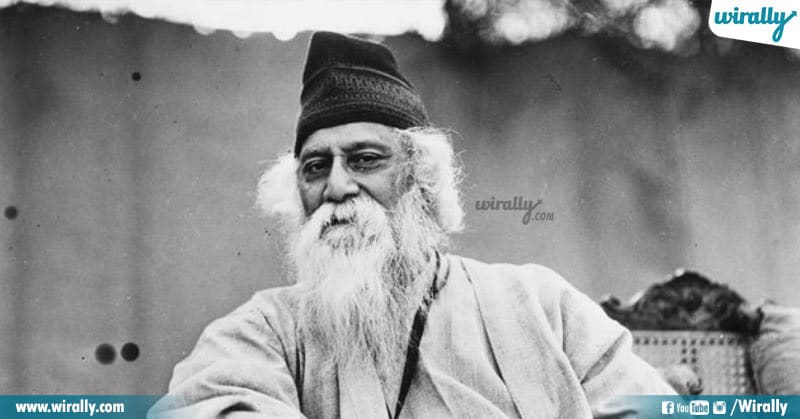 11) Mahatma Gandhi returned the ‘Kaiser-i-Hind’ award he was given by the British government for his role in the Boer War in South Africa.
11) Mahatma Gandhi returned the ‘Kaiser-i-Hind’ award he was given by the British government for his role in the Boer War in South Africa.
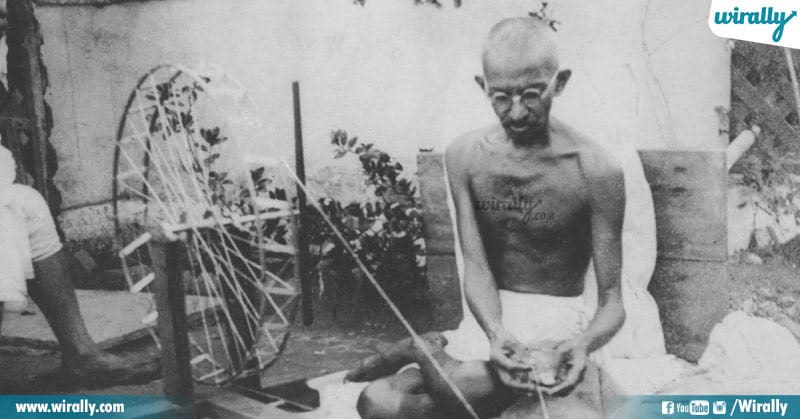 12) Udham Singh, a revolutionary of the Ghadar Party, to avenge the Jallianwala Bagh massacre, assassinated Michael O’Dwyer in London on 13 March 1940. O’Dwyer was the Lt Governor of Punjab during the massacre.
12) Udham Singh, a revolutionary of the Ghadar Party, to avenge the Jallianwala Bagh massacre, assassinated Michael O’Dwyer in London on 13 March 1940. O’Dwyer was the Lt Governor of Punjab during the massacre.
